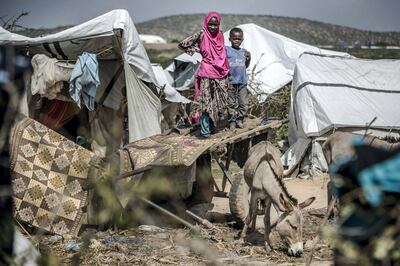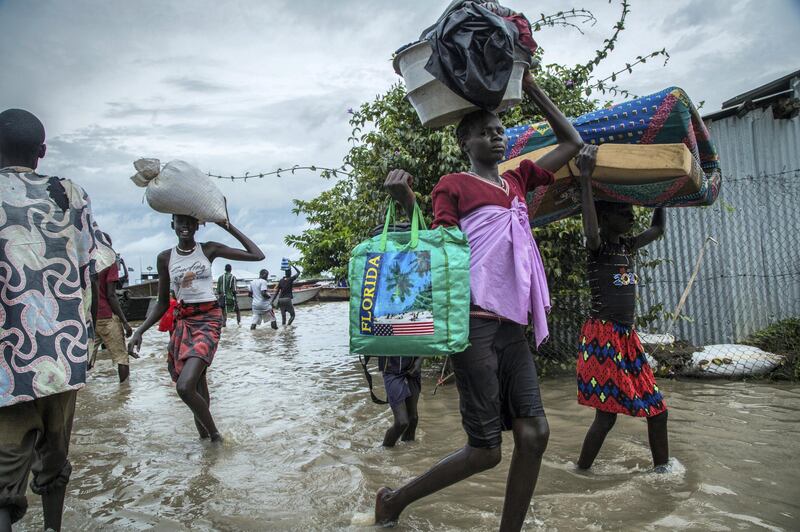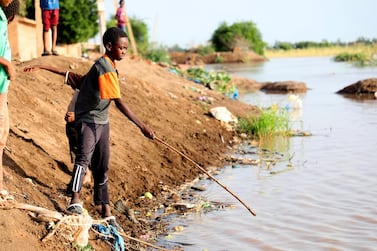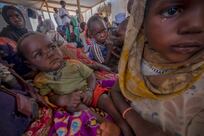Natural disasters have surged by more than a third over the past two decades but aid is failing to make it to where it is most needed, the Red Cross has warned.
The frequency of floods, storms and heat waves has increased by 35 per cent since the 1990s, according to the International Federation of Red Cross and Red Crescent Societies' (IFRC) World Disasters Report 2020.
Together, the report said, disasters affected 1.7 billion people and killed some 410,000 people.
However, funding to cope with such events does not always flow to the most vulnerable.
IFRC secretary-general Jagan Chapagain said: "There is a clear disconnection between where the climate risk is greatest and where climate adaptation funding goes.
"This disconnection could very well cost lives."
Among the countries that were ranked as being most vulnerable to such disasters were Sudan, which has experienced record floods this year, and drought-prone Somalia.
But these nations respectively received just 27 cents and 59 cents per person in climate adaptation funding in 2018, the study showed.
Conversely, none of the five countries with the highest funding had a high vulnerability score, it said, without naming them.
"There are particular countries that are particularly vulnerable … and they are being left out," said Kirsten Hagon, the lead author of the report.

The Red Cross said the coronavirus pandemic had shown how governments can "take unprecedented steps affecting their entire economies, and find the necessary resources to robustly face a major global threat".
The same level of "energy and boldness" should be mobilised to curb global warming and use a window of opportunity created by the pandemic to prepare for future shocks, it added.
"A global catastrophe of the magnitude of Covid-19 could finally open this window wide enough for us to look directly into the face of the climate crisis," the report said.
Some efforts, however, are being made to address the imbalance.
As part of a commitment under the 2015 Paris agreement, wealthier countries pledged to provide $100 billion a year to help poorer countries tackle climate change by 2020.
However, funding has so far fallen short, according to the latest data from the OECD that estimated flows at $79.8 billion in 2018.
Asked about the reasons for the funding disconnect in the report, Mr Chapagain said that sometimes donors' own stringent accountability requirements were an impediment.
"It's probably not about donors getting it wrong but about how funding decisions get taken," he said, adding that donors could be "very, very demanding" and that this needed to be addressed.






